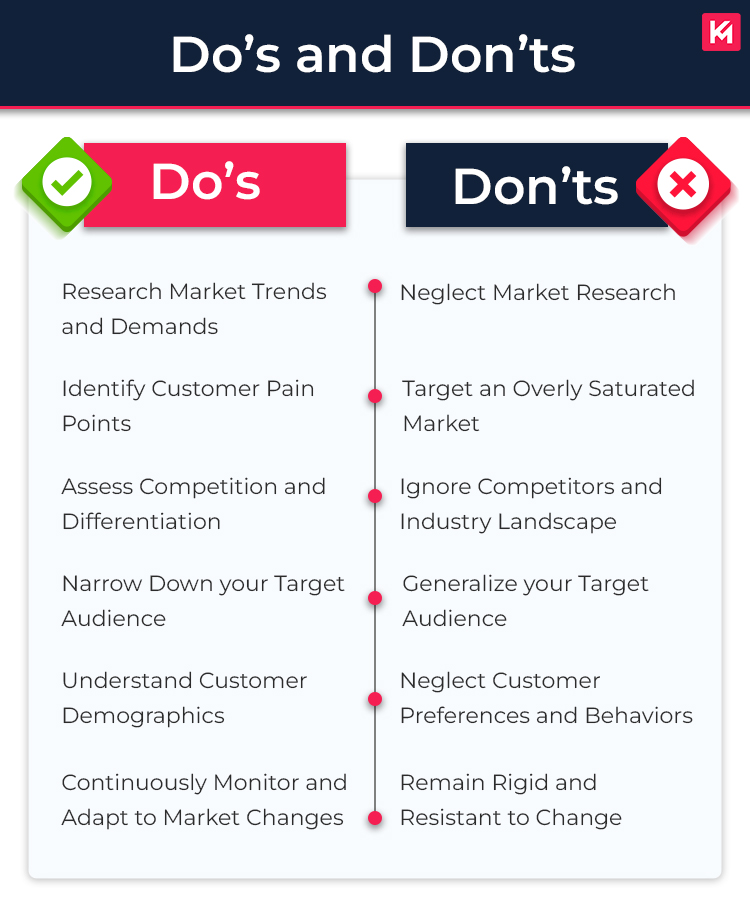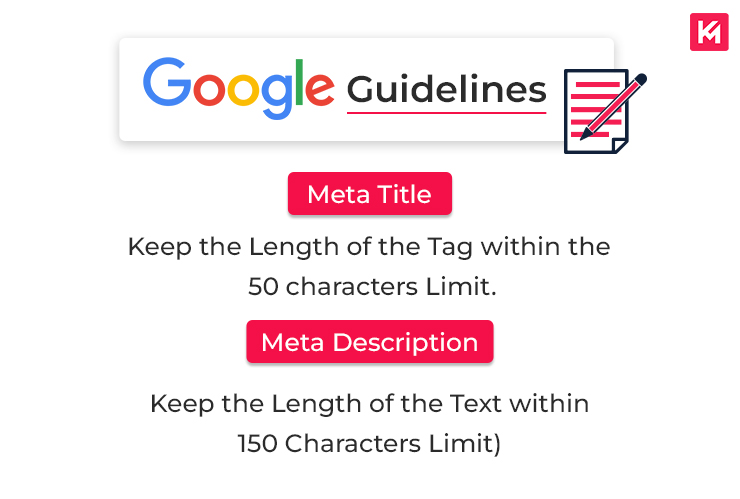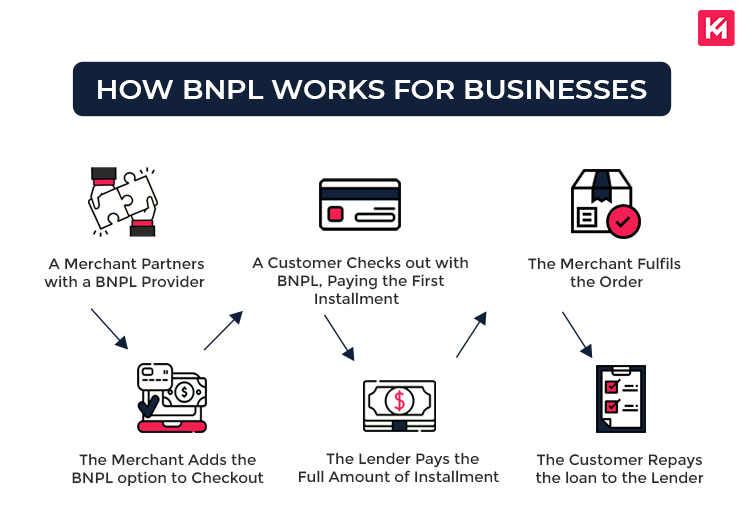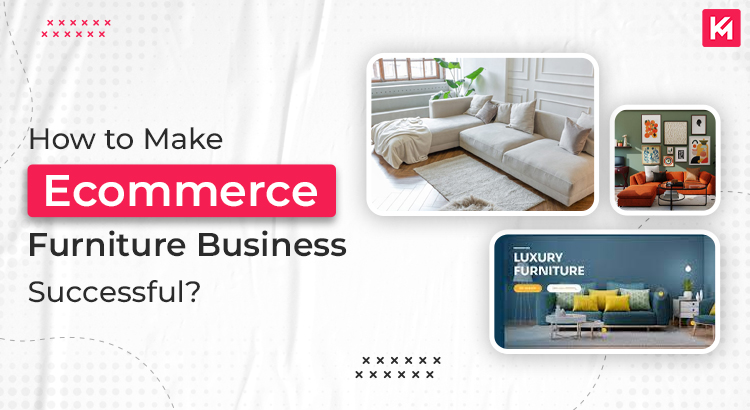In recent times, you might have observed a pragmatic change in the way people shop for their furniture. Earlier, people used to visit retail stores to shop for furniture, but now they prefer to shop through online platforms. You might be surprised to know that the growth forecast for furniture Ecommerce websites worldwide is estimated at around 41 billion U.S dollars. With the increase in this trend due to the convenience it provides, it has become crucial to have a strong presence online for furniture Ecommerce stores.
However, with opportunities comes challenges that Ecommerce furniture stores should overcome to achieve success.
In this article, you shall explore some of the best optimization strategies that will help you build an effective furniture Ecommerce website and enhance your business.
Let’s Begin:
8 Key Strategies for Furniture Ecommerce Success
To help you create a truly delightful shopping experience for your customers, we have curated expert insights that shed light on the most crucial trends shaping the industry.
1. Identify your niche market:
The first step that you should follow to realize this step is to Research and Understand your target audience.
Step#1: Search for the type of furniture your target audience is searching over the internet. Look at what their needs and preferences are when it comes to a particular furniture item. This data obtained will help you to optimize your brand’s offering as per the current needs of your target audience.
The second step that follows is to Analyze your competitor and identify the gaps in the market.
Step#2: You should have a fair idea of what your competitor is offering to their customers. They might be offering some underserved niches that you probably don’t offer. Or they may follow better pricing strategies to attract more customers. This information, in turn, will help you identify the gaps between you and your competitors’ market and a chance to fill them.
The next step is to choose a niche that you are most comfortable with
Step#3: If you happen to own a small business, selecting multiple niches may not be the right option for you. Select a niche that aligns with your business objectives and capabilities. You should look out for factors such as your expertise, production capacity, and growth potential before taking a plunge.

2. SEO optimization:
If you want your target audience to discover and visit your ecommerce website store, you must subscribe to an SEO strategy for better online visibility. Having a website alone might not suffice to help you bring the traffic that you had hoped for. But optimizing your website in a way that satisfies your target audiences’ search queries and search engine algorithms will.
In simple terms, SEO is the work of optimizing your website with practices that improve the ranking of your website on the SERP. Improvement in ranking search results in enhanced visibility which in turn increases the chance of users clicking through to your website.
Below are some of the SEO ecommerce marketing tactics that you can leverage to make your store more visible among your target audiences’:
Keyword research: Every SEO campaign starts with keyword research. It is a process in which you find the terms or phrases that your target audience uses or might use to arrive at a product or service that you offer. Keywords help search engines such as Google connect users to websites. To do keyword research walk down the steps that are as follows:
- Think about the possible topics and themes that relate to your website or business. For Example, if you are an online furniture store, the seed keyword may be “Online furniture,” “furniture store,” or “buy furniture shop.”
- Include keyword research tools in your SEO budget, such as Google keyword planner or SEMrush, to identify keywords with high search volume.
- Filter the keywords based on “Keyword difficulty,” which signals how hard it is to rank for a specific keyword on the SERP. Prefer to go with those keywords that have low to moderate KD and high to medium search volume.
- Look for long-tail keywords, which are more specific and targeted phrases that have less competition.
- Include those keywords naturally into your website’s content.
High-quality Content: Content is the soul of any SEO campaign. It has been observed that the website that provides well-researched and informational content to its users sees an increase in engagement rate. When your content is well-written, it is more likely to rank higher in SERPs. This can lead to increased visibility and organic traffic.
Meta Texts: Meta Texts include Meta titles and Meta descriptions. Meta titles are title tags that you see on search engine result pages. It helps users and search engines understand the context of your web page.
Meta descriptions, on the other hand, are short summary texts that appear below the meat tags. They, too, help to understand the context of your content to the users and search engines alike but in a relatively more comprehensive manner.


Backlinks: They are alt texts that direct visitors from one website to another. The primary focus of backlinks is to bring credibility and authority to the linked website or web page. You can understand backlinks as word of mouth from a related website to its visitors. It is also a ranking factor for Google. The work to obtain backlinks requires you to write valuable content in the form of articles or guest posts for third-party websites.
- Do follow: Pass authority to the linked website. Used in backlinks practices
- No follow: Do not pass authority to the linked website. Used to provide value to the customers
Interlinks: Opposite to the direction of backlinks, it is a hypertext that directs a user from one web page to another of the same website. Interlinks help you to organize your web pages in a structured manner. A well-structured website, in turn, improves the user experience of the visitors. It helps users to navigate from one related web page to another with ease. If you have linked a new web page to a web page that has authority, internal links will help you pass some of the authority to the new one. By doing so, you increase the chances of the new web page ranking higher on the SERP.
Page Speed: To bring traffic to your website is only half the work done, and to make them stay and engage is another. Will you stick to a website that loads slowly? No, right? This is exactly why you should optimize your website to reduce the bounce rate. The improved page speed of a website increases the customers’ engagement rate, which signals search engine friendly ecommerce websites that the web page is of value and should rank higher.

3. Augmented reality and 3D visualization:
No matter how much convenience online furniture stores provide to their customers, the urge to try the products will always be there in the mind of the customers. This might result in some of the customers turning their backs on online options. To help overcome this very problem, Ecommerce stores can include augmented reality features in their websites.
For Example, IKEA, which is one of the most popular furniture e-commerce platforms(Bad Boy), leverages the power of AR to win over its customers. Their customers can use an app that showcases a view of their products in their homes.
Furthermore, AR features reduce the chance of disappointment and return of products from the customers’ side.
3D visualization is another excellent way to help shoppers imagine the products on your website. As compared to 2D images, you should look to incorporate 3D images of the product on your website that will help users to gauge the relevance of the products to their needs.
4. Seamless checkout experience:
This is something that gets ignored often by Ecommerce website owners. You can make your website as interactive and accessible as possible, but what is the need for the same when your customers can’t complete the checkout process? To make your customers cross the finish line, you should make sure that your website’s checkout process is easy and fast. Below are some of the key ways how you can provide a fast and secure checkout experience for your customers to be.
Simplify the checkout process by reducing the number of steps required.
Offer a guest checkout option that allows customers to complete the purchase without creating an account.
- Use autofill and auto-detection features to pre-fill customer information whenever possible.
- Ensure that your checkout process is optimized for mobile devices.
- Provide popular express payment options like PayPal, Apple Pay, Google Pay, or other digital wallets.
Display trust badges, security seals, and SSL certificates to assure customers that their personal and payment information is secure
5. User generated content:
Also known as UGC, it is content that is created and shared by the users themselves for your brand. It takes the form of testimonials, reviews or social media posts. UGC is valuable for businesses as it provides a real-life perspective and recommendations from the actual users. It acts as social proof for potential customers looking for reviews. When you buy something online, you often check what other people have said about the product. That’s because we tend to trust the opinions of our peers more than anything else.
However, it’s important for businesses to actively moderate and monitor user-generated content. You should make sure that the UGC generated aligns with your brand values and guidelines. In addition to this, you can also provide incentives for users to create and share high-quality content that can help spread the good word.
6. Buy now pay later:
Buy now, pay later is a popular payment method that allows customers to make a purchase without having to pay upfront. In this payment method, the cost of the purchase is divided over a period of time. It has gained a lot of traction recently due to the convenience and flexibility it provides to a wide range of consumers.
Some of the key benefits BNPL provides to Ecommerce space are as follows:
Seamless Integration: E-commerce platforms integrate BNPL services into their checkout process, making it a seamless experience for customers. Customers can select the BNPL option alongside other payment methods, and the entire process can be completed within a few clicks.
Flexible Payment Terms: BNPL allows customers to divide their purchase amount into smaller, interest-free installments. The number of installments and the frequency of payments can vary depending on the BNPL provider and the purchase amount. This flexibility enables customers to manage their budgets better and make larger purchases without straining their finances.
- Instant Approval
- No Interest or Low Fee
- Increased Conversion Rates:
- Improved Customer Loyalty
- Risk Management

7. SMS marketing:
As a customer, one thing that we hate is receiving unwanted messages from the platforms that we shop from. You might agree to this, right? But for Ecommerce websites, getting in touch with their customers is of utmost importance, whether it is through WhatsApp messaging or other means. The solution that customers and websites could implement is one of the viral ecommerce trends that is SMS marketing. This feature requires the consent of the consumers to start receiving SMS from the Ecommerce website. Using this method, Ecommerce stores can easily educate their consumers about the deals, offers or other important updates around their products.
8. Social commerce:
It is a shopping experience that takes place right where you spend a lot of your time online. Yes, you guessed right, on the social media platforms like Facebook, Instagram, and Pinterest. Instead of hopping from one online store to another, you can now discover and purchase products directly from your favourite social media apps. Social commerce also lets you share your shopping experiences with your friends and followers.
Final Words!!
In the end, turning your Ecommerce website into a thriving success requires a combination of adaptability and a customer-centric approach. By focusing on the above-discussed strategies, you can surely position your business for long-term success in the competitive world of Ecommerce. Remember, success doesn’t happen overnight, but with dedication and perseverance. Always believe that your Ecommerce furniture business has the potential to reach new heights of success.

